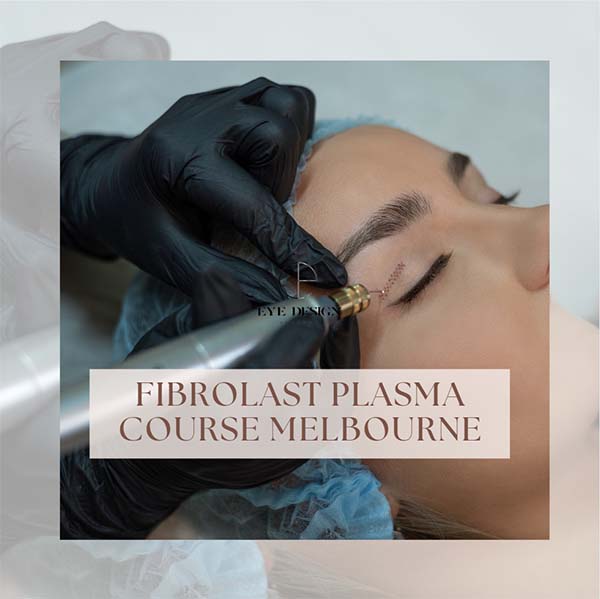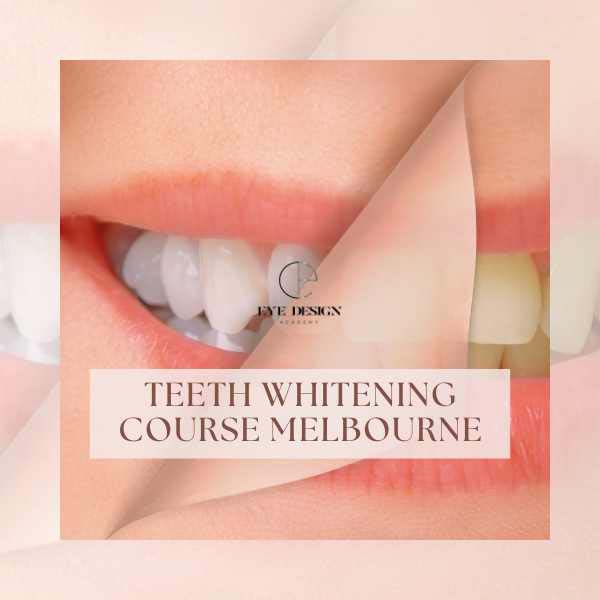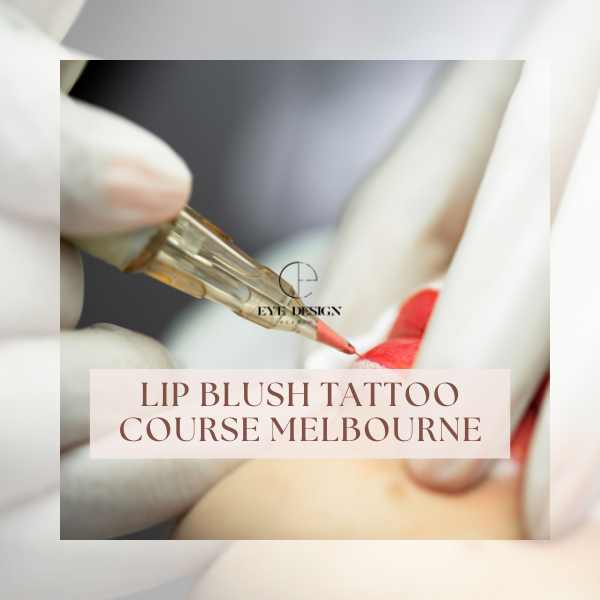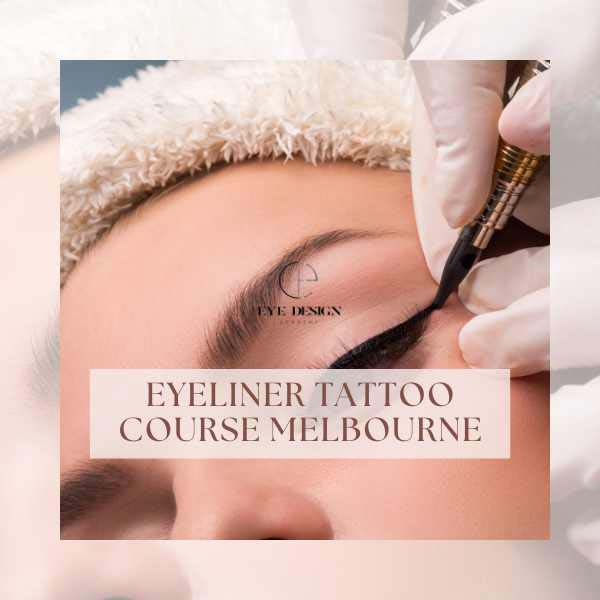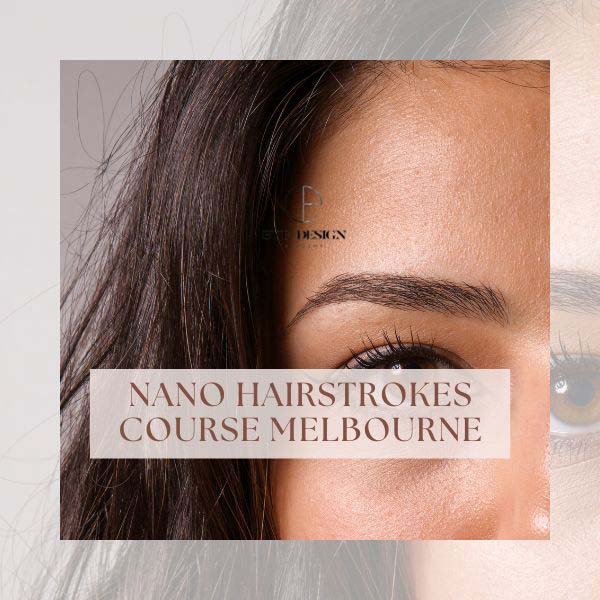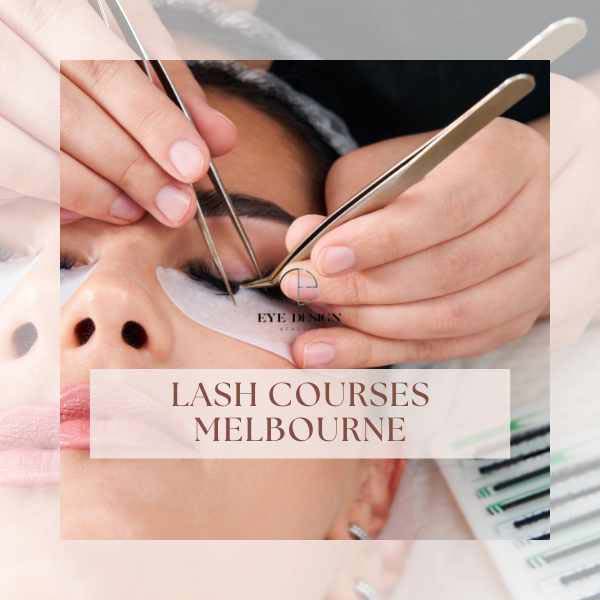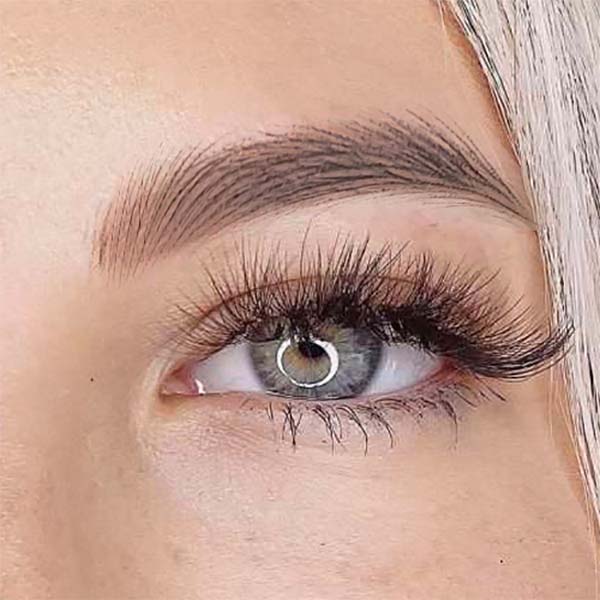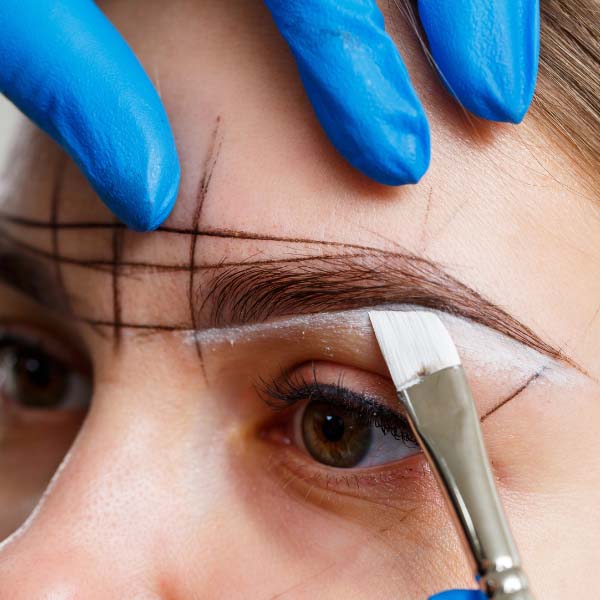Can Eyelash Extension Cause Blepharitis?
Blepharitis from eyelash extensions is a common eye condition that can often be linked to the use of eyelash extensions. As the demand for eyelash extensions continues to grow, so does the need to educate individuals about the potential risks and proper eye care practices. By delving into the intricacies of blepharitis and its relationship with eyelash extensions, we can explore proactive measures to maintain ocular health and enjoy the aesthetic benefits of lash enhancements.

Understanding Blepharitis
Understanding blepharitis is essential for proper management and prevention, as the condition can be chronic and recurring. By gaining insight into the causes, symptoms, and available treatments for blepharitis, individuals can take proactive steps to maintain good eye health and prevent the exacerbation of this troublesome eye condition.

What is Blepharitis?
Blepharitis is a common eye condition characterized by inflammation of the eyelids, specifically the edges where the eyelashes are located. It can affect people of all ages and is typically a chronic condition, meaning it can recur over time. Blepharitis is often caused by the malfunctioning of the tiny oil glands located near the base of the eyelashes. These glands, known as meibomian glands, produce an oily substance that helps prevent the evaporation of tears and keeps the eyes lubricated.
There are two main types of blepharitis:
- Anterior Blepharitis: This type affects the front part of the eyelids, where the eyelashes attach. It is usually caused by bacteria or dandruff from the scalp and eyebrows. Symptoms may include redness, itching, and the formation of crusts or scales at the base of the eyelashes.
- Posterior Blepharitis: Also known as meibomian gland dysfunction, this type affects the inner part of the eyelids, where the meibomian glands are located. Dysfunction of these glands can lead to issues with the oily layer of tears, potentially causing dry eyes and irritation.
Blepharitis can be uncomfortable, it’s not usually a sight-threatening condition. However, if left untreated, it can lead to complications such as chronic dry eye, styes, or even damage to the cornea.
Common blepharitis eyelash extensions Symptoms
Blepharitis symptoms can sometimes be exacerbated by the use of eyelash extensions. While eyelash extensions themselves are not a direct cause of blepharitis, they can contribute to the condition by disrupting normal eyelid hygiene and potentially trapping debris near the eyelash follicles. Here are common symptoms of blepharitis that might be experienced by individuals who have eyelash extensions:
- Increased Irritation
- Redness and Swelling
- Itching
- Crusting and Flaking
- Discomfort or Sensation of Foreign Body
- Tearing and Dry Eye
- Eyelash Extension Infection
- Changes in Eyelash Growth
While eyelash extensions can exacerbate blepharitis symptoms, they are not a direct cause of the condition. Proper eyelid hygiene, regular cleaning of the eyelids, and careful maintenance of eyelash extensions can help minimize the risk of complications or worsening of symptoms. If you experience persistent discomfort, redness, or other symptoms related to their eyelash extensions, you should consult an eye care professional for guidance on managing the condition effectively.
How to Avoid Blepharitis When Getting Lash Extensions?
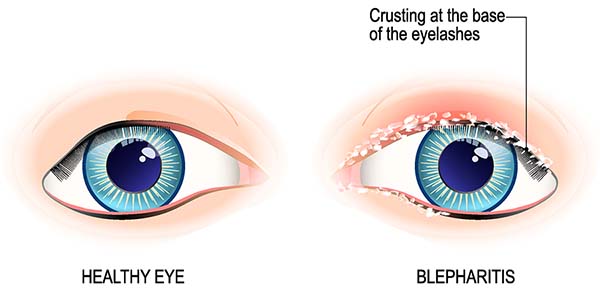
To minimize the risk of developing or exacerbating blepharitis when getting eyelash extensions, it’s important to follow proper eyelid hygiene practices and communicate your concerns with the lash technician. Here are some steps you can take to avoid blepharitis eyelash extensions:
- Choose a Reputable Lash Technician: Select a trained and experienced lash technician who follows proper hygiene practices. Check reviews and ask for recommendations if needed.
- Discuss Your Concerns: Before the lash application, inform the technician if you have a history of blepharitis or other eyelid conditions. This will help them tailor the application process to your specific needs.
- Avoid Heavy or Excessive Lash Extensions: Opt for lash extensions that are appropriate for your natural lashes. Excessive weight from heavy extensions can strain your natural lashes and potentially worsen blepharitis symptoms.
- Patch Test: Request a patch test to check for any allergic reactions to the adhesive used for the extensions. Allergic reactions can exacerbate eyelid irritation.
- Maintain Good Eyelid Hygiene: Clean your eyelids and eyelashes regularly to prevent debris and bacteria buildup. Use a gentle, lash-friendly cleanser recommended by your lash technician or eye care professional.
- Avoid Oil-Based Products: Oil-based makeup removers and cleansers can disrupt the adhesive bond of the lash extensions and may contribute to inflammation. Opt for oil-free products.
- Use a Lash Wand: Gently brush your lash extensions with a clean spoolie brush daily to prevent tangling and maintain their shape. This can also help prevent debris buildup.
- Avoid Rubbing or Pulling: Be gentle with your eyes and eyelashes. Avoid rubbing or pulling on your lash extensions, as this can irritate your eyelids and potentially worsen blepharitis symptoms.
- Regular Refills: If you choose to maintain lash extensions, schedule regular refills to keep them looking fresh. Extended periods between refills can lead to debris accumulation.
- Listen to Your Body: If you notice increased irritation, redness, or discomfort around your eyes after getting lash extensions, consider removing them and consulting an eye care professional.
Remember that every individual’s eyes and lashes are unique. What works well for one person may not work for another. Prioritizing your eye health and communicating openly with your lash technician and eye care professional can help you enjoy the aesthetic benefits of lash extensions while minimizing the risk of complications like blepharitis.
How to Treat Blepharitis Caused by Eyelash Extensions?
If you suspect that your blepharitis has been exacerbated or caused by eyelash extensions, it’s important to take prompt action to alleviate the symptoms and promote healing.
- Remove the Extensions: If your symptoms are severe or persistent, consider removing the eyelash extensions. This can help reduce further irritation and give your eyelids a chance to heal.
- Gentle Eyelid Hygiene: Clean your eyelids and eyelashes daily with a gentle eyelid cleanser recommended by your eye care professional. Use a clean, lint-free cloth or a cotton swab to remove any debris or crusting.
- Warm Compresses: Apply warm compresses to your closed eyelids for about 5-10 minutes, several times a day. This can help soften any crusts, open up blocked meibomian glands, and soothe inflammation.
- Prescribed Medications: If your symptoms are more severe, an eye care professional may prescribe antibiotic ointments, drops, or steroid creams to help reduce inflammation and manage infection.
- Avoid Makeup: Avoid using makeup on or around your eyelids while your blepharitis symptoms are active. Makeup can exacerbate the condition and hinder the healing process.
- Artificial Tears: Use preservative-free artificial tears to help alleviate dryness and discomfort. Avoid eye drops that claim to “get the red out,” as they can worsen symptoms.
- Follow Professional Advice: If you decide to get eyelash extensions again in the future, communicate your concerns and history of blepharitis with the lash technician. They may be able to provide specific recommendations to minimize the risk of recurrence.
- Preventative Measures: Even after your symptoms have improved, continue practicing good eyelid hygiene, using lash-friendly cleansers, and being cautious with cosmetic products to prevent future episodes of blepharitis.
In conclusion, at Eye Design Academy, we emphasize the importance of understanding and addressing blepharitis when pursuing eyelash extensions. It’s crucial to prioritize eye health alongside enhancing beauty. Our Comprehensive Eyelash Extension Courses not only teach the art of extensions but also emphasize proper hygiene and care. Keeping your clients’ lashes clean and ensuring their eye health is paramount to delivering exceptional service. Join us to become a well-rounded and responsible lash technician, providing both beauty and wellness to your clients.
